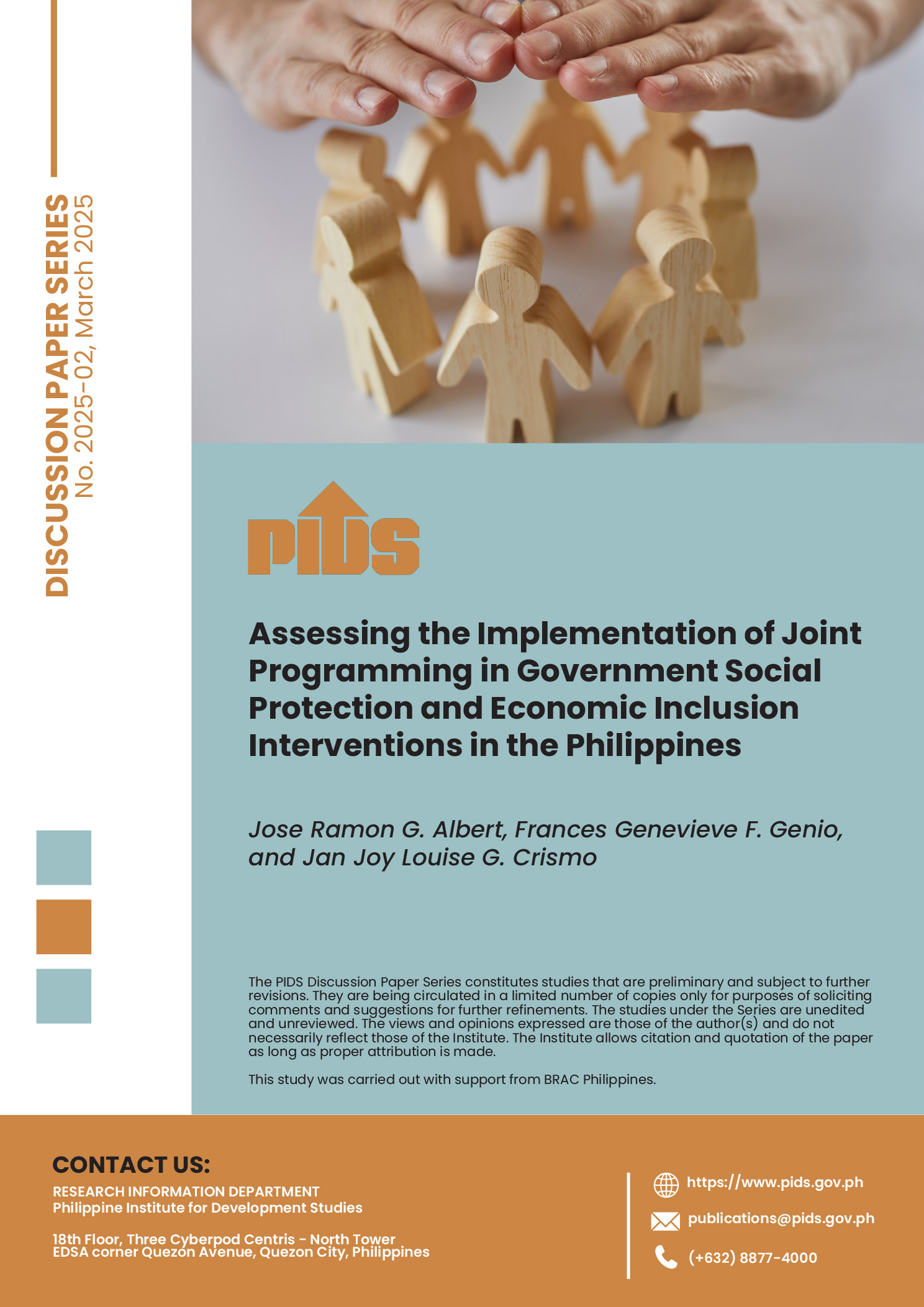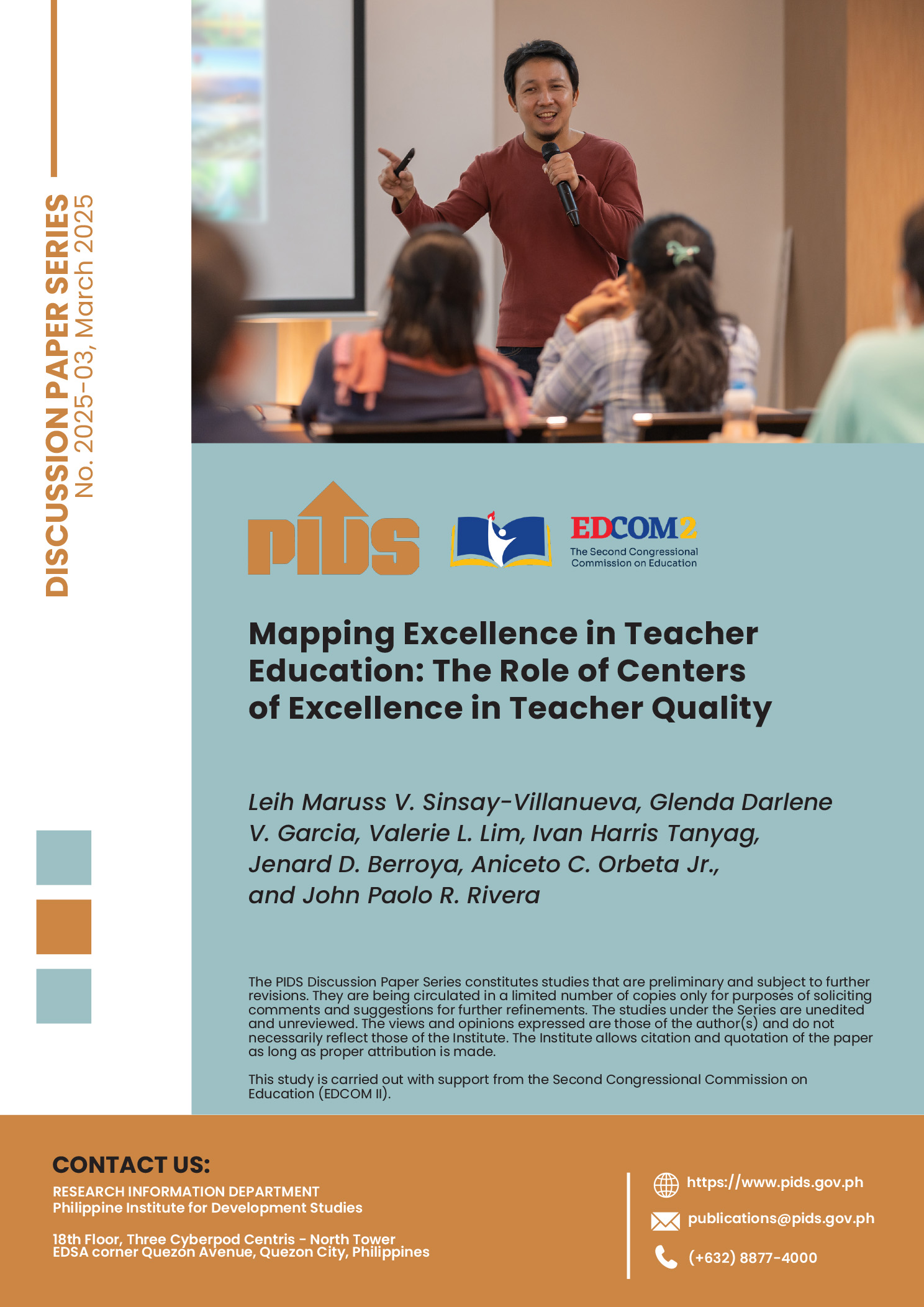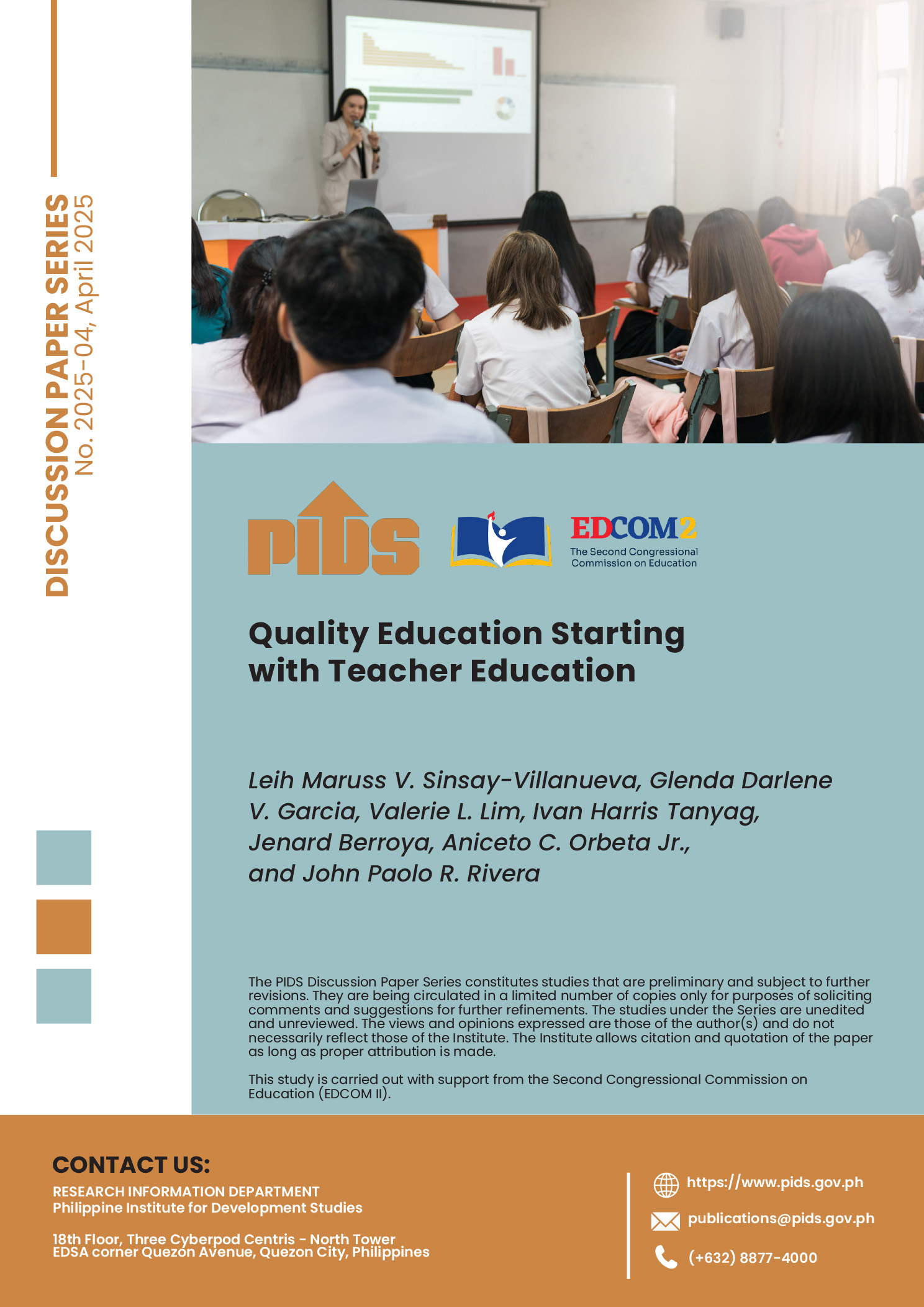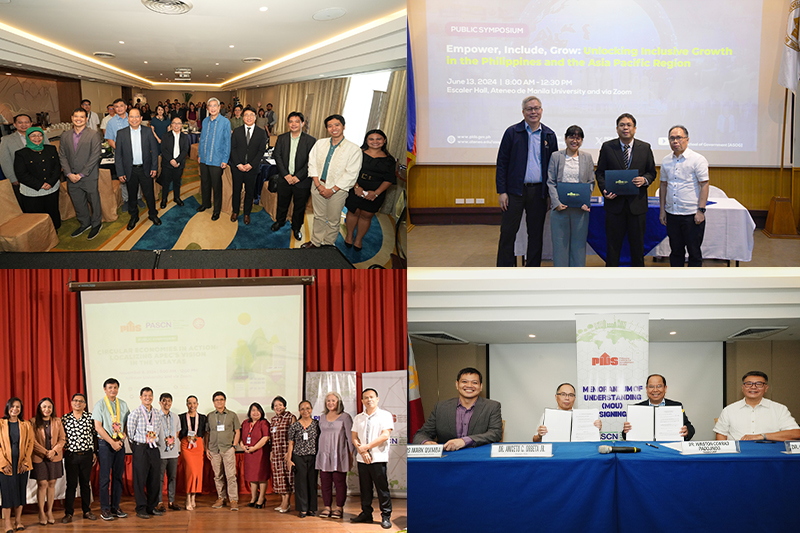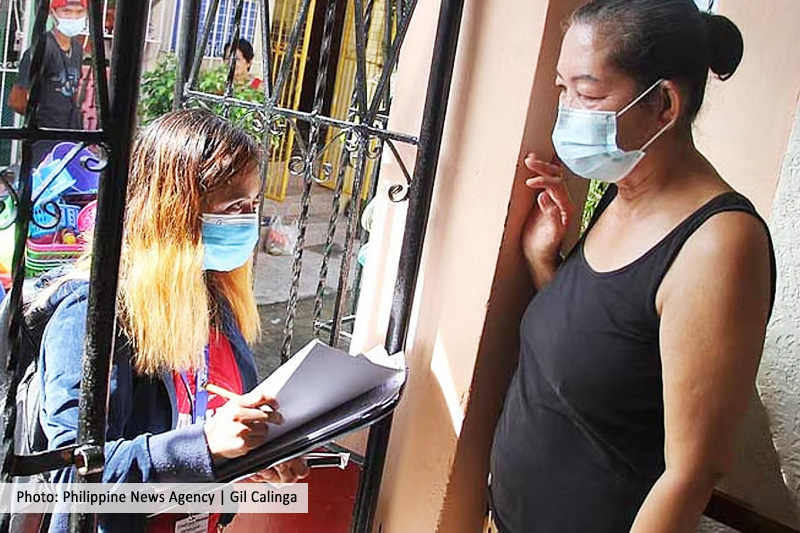CLASSES already started last Monday. More than 25 million students in the elementary, junior and senior high school levels flocked to thousands of private and public schools all over the country.
Around 1.7 million of the 25 million entered the formal education system for the first time as Kindergarten pupils.
Although there is an increasing rate of enrollment in Kindergarten over the years, based on the Philippine Education for All 2015 Review Report, that same report disclosed that an average of 26 percent of the pupils do not finish grade school, where most of the leavers were in Grades 1 to 3, while 25 percent fail to finish (Junior) high school.
Since I haven’t found any data since K to 12 was implemented, I can only guess that the additional two years in senior high school registered a leaver/dropout rate within the ballpark of that of the elementary and junior high.
A discussion paper done Clarissa David and Jose Ramon Albert for the Philippine Institute of Development Studies (PIDS) back in March 2012 analyzed barriers and bottlenecks primarily to primary education in the Philippines. These are basically factors that affect access, attendance, drop-out and retention in the primary levels, and are classified under demand-side barriers and supply-side constraints, and based on empirical analysis using appropriate research and statistical tools.
In this two part series, I will be exploring these barriers and constraints, and providing explanations using economic analysis to them for clarity and understanding in order to break these barriers and overcome these constraints.
When we say “demand-side,” these are factors that are related to the consumers of the good/service. In this case, these are the students/pupils and their parents. The barriers that were classified under this side are poverty, parental/teachers’ perception of the child’s readiness, parental education, and household perceptions regarding the likelihood of which child or gender will produce higher “returns on investment” of the education afforded them given financial constraints.
Admittedly, the socio-cultural barriers are not my specialization, but I would like to provide some form of explanation, particularly on the perceptions of the child’s readiness for school. Many parents consider their children to be still too young to attend school so they just pull them out, thus a very high dropout rate particularly in grades 1 to 3, and eventually send them back to school when they are already considered old enough.
The emotional readiness of the child being left in school is also crucial. Many parents would stay at the gates or outside the classroom while the child is getting used to school, however, there are some who can’t afford that luxury as they can’t take some time off from work or from taking care of younger children at home. They end up withdrawing their children from school to avoid these problems.
Teachers also assess the child’s readiness using various indicators, including being potty trained. They advise parents of the lack of readiness of their children for school and recommend to send them back when the children are more mature and ready. This will save them from exerting energy and effort to the pupils who are not yet ready and be more focused on those who are.
Another factor affecting the dropout rate is the parents’ educational attainment. There are many studies suggesting that parental education has a positive relationship with the pupil’s likelihood to succeed in education. However, it is not the parents’ educational attainment per se that is the reason for the success or failure of the child, but more the attitude towards education.
The PIDS study disclosed that one of the reasons why children do not stay in school is the lack of personal interest associated with the parents’ educational attainment, advanced age for that grade level and being female.
Generally, if the parents have attained low levels of education, the likelihood that their children would lack interest in education is high.
When parents have relatively low or no formal education, it is likely that they could not provide the necessary support to their children at home particularly in helping understand the kids’ lessons. Furthermore, parents who have adverse attitude toward a certain subject can actually influence their children’s perception toward that particular subject. Say for example, Math. I have observed that many students who are not excelling in this subject have parents who also do not have that particular interest in Math as well.
Relatively uneducated parents are not likely to show support towards school-initiated activities and programs aimed at improving their child’s performance. They most likely would not attend Parent-Teacher Conferences or fail to meet with guidance counselors or administrators as they would feel alienated or shy. They also may not have the luxury to take off from their work because if they do, it would mean skipping a family’s meal because they have foregone earning for the day’s meal to attend these school programs.
While if the child’s age is above the average age for the grade level, it is likely that he will not pursue school anymore. Being female is also a factor that affects the child’s interest toward education. This may be explained using the way of thinking that the females, when they marry, will be supported by their husbands, thus, finding no need to be educated.
Next week, for the Part II of this two-part series, we will be delving further into the economic demand-side barriers and the supply-side barriers to education.
***
My mother is confined at the time of the writing of this piece. I am extending my gratitude to the Dr. Brown and Dr. Andal for ensuring that mother receives the best health care, and my kudos the nurses and staff of NDCH. Thank you.

